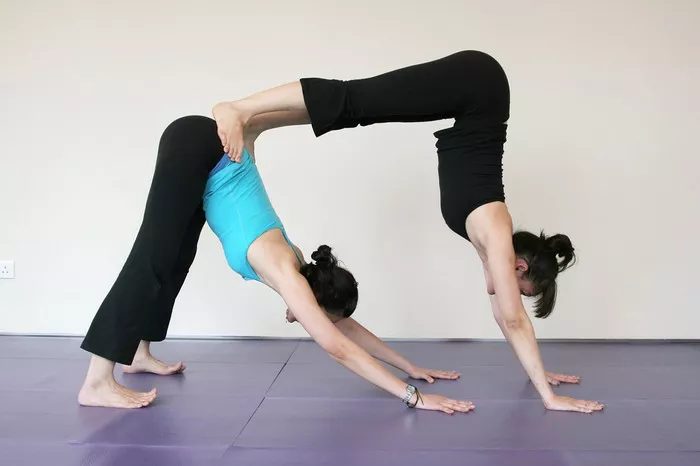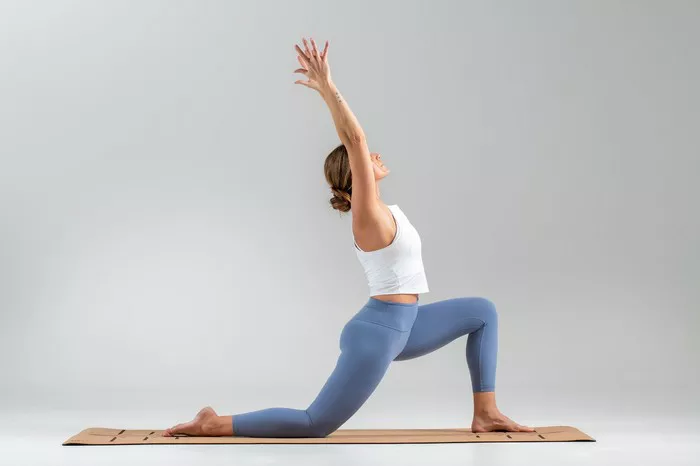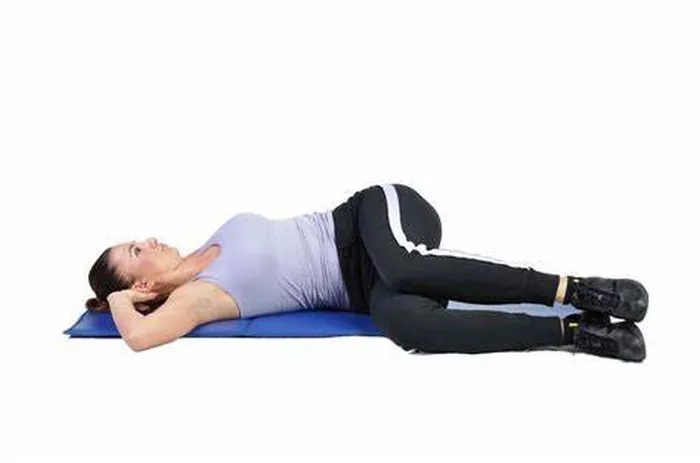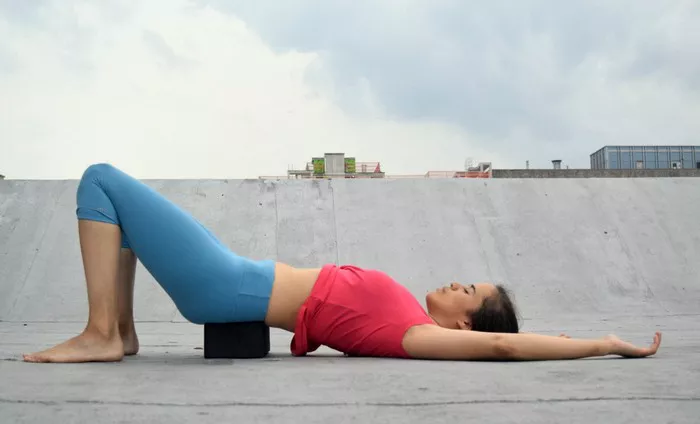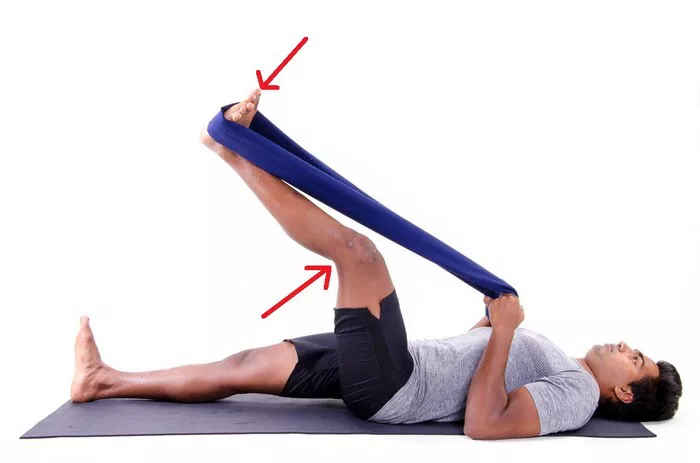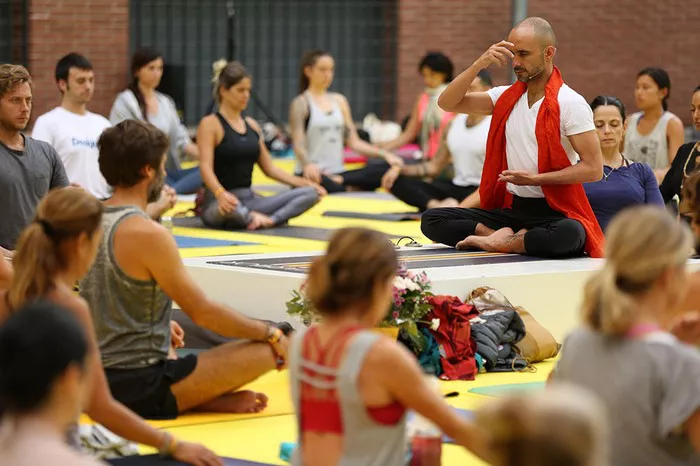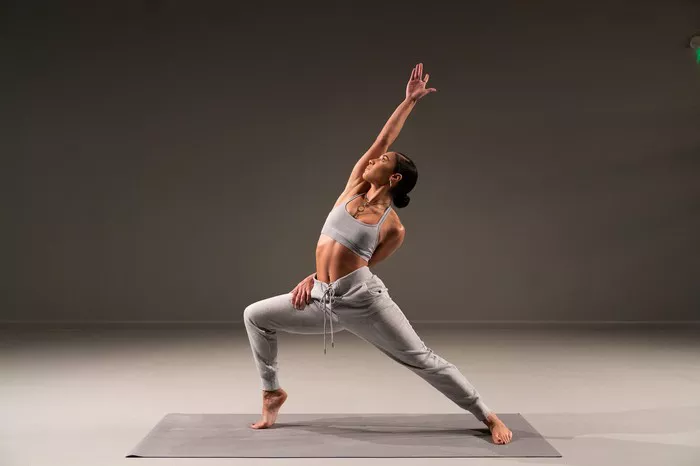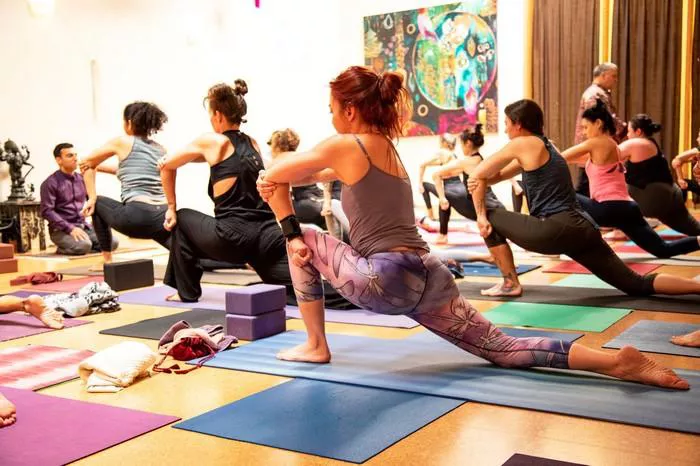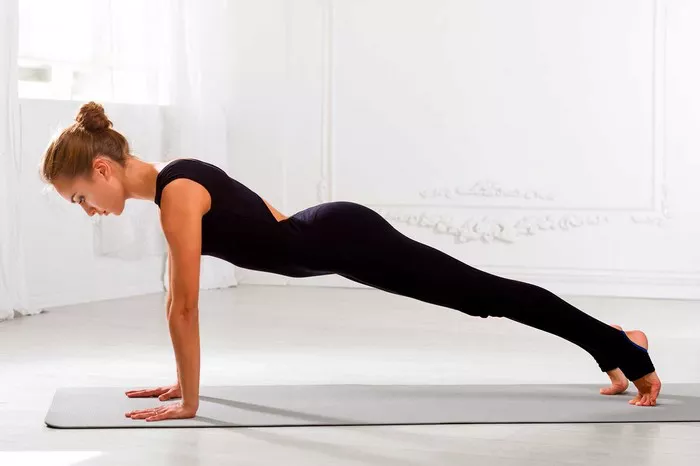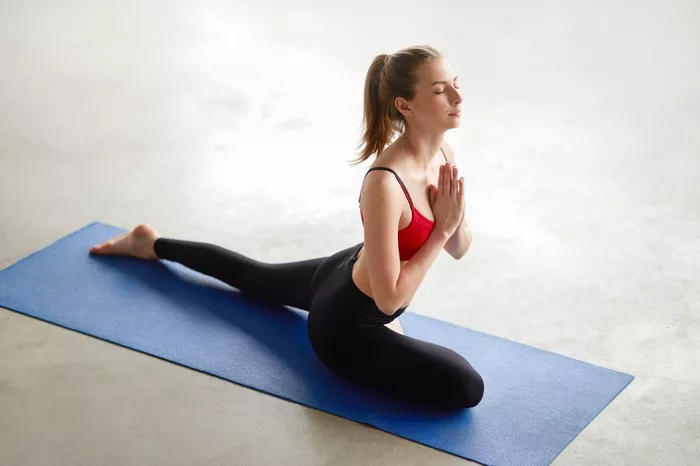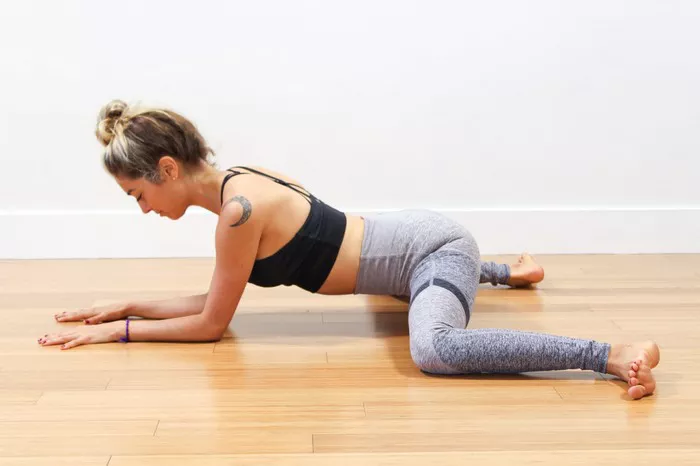Iyengar Yoga is a form of Hatha Yoga developed by B.K.S. Iyengar. Known for its emphasis on precision, alignment, and the use of props, Iyengar Yoga aims to cultivate strength, flexibility, and awareness through disciplined practice. Each posture is held for an extended period, allowing practitioners to deepen their understanding of the body’s mechanics and positioning. Unlike more dynamic yoga styles, Iyengar Yoga does not typically involve rapid transitions or flowing sequences.
This method is suitable for practitioners of all levels, including those with physical limitations. The use of props such as blocks, straps, and blankets ensures that poses can be modified to accommodate different body types and needs. While the practice may appear static, it requires intense mental focus and subtle muscular engagement, providing both physical and mental benefits.
Cardiovascular Exercise: What Does It Mean?
Before evaluating whether Iyengar Yoga qualifies as cardio, it’s important to understand what cardiovascular exercise entails. Cardio, short for cardiovascular, refers to any physical activity that raises your heart rate and keeps it elevated for a sustained period. It primarily benefits the heart and lungs, improving oxygen consumption, stamina, and overall cardiovascular health.
Typical examples of cardio exercises include running, cycling, swimming, and aerobics. These activities involve continuous, rhythmic movement that engages large muscle groups. The key criteria include increased heart rate, sweating, and a heightened rate of respiration. Cardiovascular exercise is often associated with calorie burning, weight management, and improved endurance.
Evaluating Iyengar Yoga Through a Cardiovascular Lens
When comparing Iyengar Yoga to traditional cardiovascular activities, several distinctions become clear. Iyengar Yoga is fundamentally different in its pacing and structure. It does not typically involve sustained, high-intensity movement. Instead, the focus is on holding poses with precision and using props to enhance form and accessibility.
That said, Iyengar Yoga can still challenge the body in a different way. Holding poses for extended periods can engage muscle groups deeply and improve overall body strength. Certain sequences designed to build stamina or target specific areas may elevate the heart rate modestly. However, the increase is usually not sustained enough to classify the session as a true cardiovascular workout.
Physical Benefits of Iyengar Yoga
Even though Iyengar Yoga may not qualify as cardio in the traditional sense, it offers a range of significant physical benefits. These include:
- Improved Flexibility: By holding poses and using props, practitioners gradually increase their range of motion.
- Enhanced Strength: Static poses demand consistent muscular engagement, particularly in the core, legs, and arms.
- Better Posture and Alignment: Precision in execution helps correct postural imbalances and promotes spinal health.
- Injury Prevention and Rehabilitation: The use of props and attention to form make it ideal for recovery and injury prevention.
These physical improvements contribute indirectly to overall cardiovascular health by encouraging a more active lifestyle and reducing risk factors associated with sedentary behavior.
Mental and Emotional Benefits
Iyengar Yoga also has a profound impact on mental and emotional well-being. The meditative quality of sustained poses promotes mindfulness and reduces stress. Key psychological benefits include:
- Increased Focus and Concentration: The attention to detail required in each pose cultivates mental discipline.
- Reduced Stress and Anxiety: Breathing techniques and slow, deliberate movement calm the nervous system.
- Improved Sleep Quality: Regular practice can lead to better sleep patterns by lowering cortisol levels.
- Emotional Balance: Iyengar Yoga provides a structured, calming environment conducive to emotional regulation.
While these benefits may not involve an elevated heart rate, they are essential components of holistic health and well-being.
Can Iyengar Yoga Support a Cardio-Based Fitness Regimen?
Iyengar Yoga can complement a cardiovascular fitness routine even if it is not cardio-intensive itself. Here’s how it fits into a broader fitness plan:
- Recovery and Restoration: After high-intensity cardio workouts, Iyengar Yoga can help the body recover by improving circulation and relieving muscle tension.
- Injury Prevention: Its focus on alignment and strength helps build a resilient body that is less prone to injuries.
- Cross-Training: As part of a balanced exercise regimen, it improves aspects of fitness that cardio does not directly address, such as flexibility and structural balance.
Incorporating Iyengar Yoga into a fitness routine adds variety, promotes longevity, and supports sustainable training.
How Iyengar Yoga Differs from Other Yoga Styles in Cardiovascular Impact
Not all yoga styles are equal when it comes to cardiovascular benefits. Here’s how Iyengar Yoga compares to other popular forms:
- Vinyasa or Power Yoga: These styles involve continuous movement and flowing sequences, which significantly elevate heart rate.
- Ashtanga Yoga: A rigorous and structured practice that also raises the heart rate and includes a set series of poses.
- Bikram or Hot Yoga: Performed in a heated room, these classes can lead to increased sweating and cardiovascular demand, even though the poses are static.
- Restorative Yoga: Like Iyengar, this style focuses on relaxation and gentle stretching, with minimal cardiovascular exertion.
Iyengar Yoga stands out for its methodical pace and therapeutic focus. It offers a depth of anatomical precision that other styles may not prioritize, which enhances its value in a comprehensive wellness approach.
Factors Influencing Cardiovascular Engagement in Iyengar Yoga
While Iyengar Yoga is generally low in cardiovascular intensity, certain factors can influence how much it elevates the heart rate:
- Sequence Design: Dynamic sequences with standing poses or backbends may challenge the cardiovascular system more than restorative poses.
- Duration and Repetition: Longer sessions or repeated sequences can produce moderate cardiovascular engagement.
- Practitioner Level: Beginners may find the physical effort more demanding, potentially leading to a higher heart rate.
- Environment: Practicing in a warmer room or at a faster pace (uncommon in traditional Iyengar) may slightly elevate the intensity.
However, these modifications still typically fall short of creating a sustained cardiovascular workout.
Integrating Iyengar Yoga with Cardio Training
A well-rounded fitness program benefits from diversity. For individuals aiming to improve cardiovascular health, Iyengar Yoga can be integrated alongside other cardio exercises. Here are some strategies:
- Alternate Days: Practice Iyengar Yoga on days when you’re not doing cardio to allow for active recovery.
- Supplemental Practice: Use Iyengar Yoga to warm up or cool down around cardio workouts.
- Targeted Sessions: Focus on poses that build stamina and engage large muscle groups to indirectly support cardiovascular goals.
This balanced approach allows practitioners to enjoy the full spectrum of physical and mental benefits from both disciplines.
Conclusion
While Iyengar Yoga is not cardio in the traditional sense, its value within a fitness and wellness routine is undeniable. The practice emphasizes alignment, strength, flexibility, and mental clarity, offering comprehensive benefits that support an active, healthy lifestyle. Although it may not elevate the heart rate consistently like aerobic exercises, Iyengar Yoga contributes to cardiovascular health in more subtle and supportive ways.
Its therapeutic nature, precision-based approach, and focus on internal awareness make it an excellent complement to more dynamic physical activities. By integrating Iyengar Yoga into a broader fitness regimen, practitioners can achieve a well-rounded approach to health and wellness.
FAQs
Q1: Can Iyengar Yoga help with weight loss?
While Iyengar Yoga may not burn as many calories as high-intensity cardio workouts, it can support weight loss indirectly by improving posture, boosting metabolism through muscle engagement, and promoting a more active lifestyle.
Q2: Is it necessary to do cardio if I practice Iyengar Yoga regularly?
Yes, if your goal includes improving cardiovascular endurance or heart health. Iyengar Yoga supports overall wellness but should be complemented with aerobic exercise for a complete fitness program.
Q3: How often should I practice Iyengar Yoga?
Practicing 2 to 3 times per week is a good starting point. As you become more familiar, daily practice is possible and beneficial, depending on your schedule and goals.
Q4: What are some good cardio exercises to pair with Iyengar Yoga?
Walking, swimming, cycling, and dancing are excellent options. These activities can be adjusted in intensity and duration to complement your yoga routine.
Q5: Can Iyengar Yoga benefit people with heart conditions?
Yes, under medical supervision. The gentle and controlled nature of Iyengar Yoga makes it suitable for individuals with certain heart conditions. Always consult a healthcare provider before starting any new fitness program.
Q6: Will Iyengar Yoga make me sweat like cardio?
Generally, no. Iyengar Yoga does not usually induce heavy sweating. However, the effort required for holding poses can still provide a satisfying physical workout.
Q7: Is Iyengar Yoga suitable for older adults?
Absolutely. The use of props and emphasis on alignment make Iyengar Yoga highly adaptable for older adults, helping to maintain mobility, balance, and overall health.

